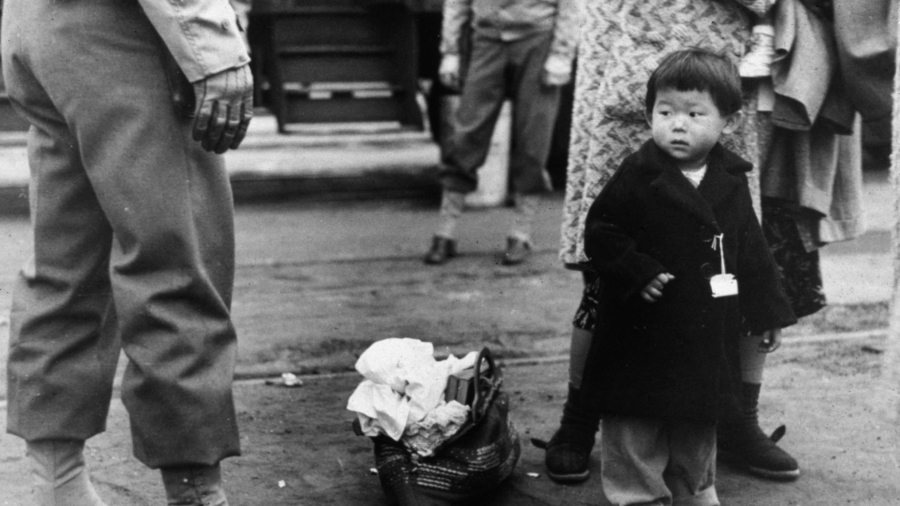A new exhibit focusing on Japanese American incarceration during World War II is open to the public in Los Angeles’s Little Tokyo area.
The main part of this exhibit, the book Ireicho, records the 125,284 Japanese who were incarcerated in the United States during the war.
The book weighs 25 pounds and has 1,000 pages.
In 1942, the American government began incarcerating people of Japanese descent living inside U.S. borders, after Japan bombed Pearl Harbor.
The Ireicho project is led by Duncan Ryuken Williams, director of the University of Southern California’s Shinso Ito Center for Japanese Religions and Culture, and creative director Sunyoung Lee.
Williams and Lee spent three years working with volunteers across the United States, researching and verifying names. Wiliams said he is confident that the book has recorded almost every person incarcerated in the 75 identified American holding facilities, according to The Guardian.
These incarceration centers included camps belonging to the U.S. Army, the Department of Justice, and the War Relocation Authority.
“The project is about repairing the historical record,” Williams said. “Part of the work of repair is to honor those who were unjustly incarcerated, but it’s also simply to make sure that no one is left out.”
At @jamuseum to honor my great-grandfather and my great-great uncle in the Ireicho book. They were incarcerated at Honoʻuliʻuli Internment Camp during WWII. Dr. Duncan Williams researched the 125,284 people who were incarcerated, trying to repair our nation through remembrance. pic.twitter.com/2WKZnV25OM
— Erika L. Moritsugu (@emoritsugu46) October 2, 2022
Sources for Ireicho included the Densho, “a non-profit that aims to preserve the history of Japanese Americans during the Second World War,” according to The Guardian, and partial collections of names completed by past researchers.
During the installation ceremony on Sept. 25, Williams said: “People’s hands were shaking, so many of them, as they were putting the stamps on the names,” he said, referring to special stamps people were requested to put next to a name on the book to honor it.
“For many people, this was about honoring a parent, a sibling, a favorite uncle, so you could feel how important it was for them to get the stamp to go to the right place.”
He saw families of three generations attending, and said this was “an opportunity for families to pass on this history, and to make the younger generations feel they’re connected to this history.”
“There’s such enormous power in names,” said Ann Burroughs, the museum’s president and chief executive, NBCNews reported. “Having people be able to come and identify the names of their family members is a way of making this monument of the past be so present and so alive. It’s a way to heal and repair trauma.”
The Ireicho book is one of the three parts of the exhibit, among a digital archive of names and a set of light sculptures, that will be on display in the museum for a year.
The project was funded by a $3 million grant from the Mellon Foundation.

